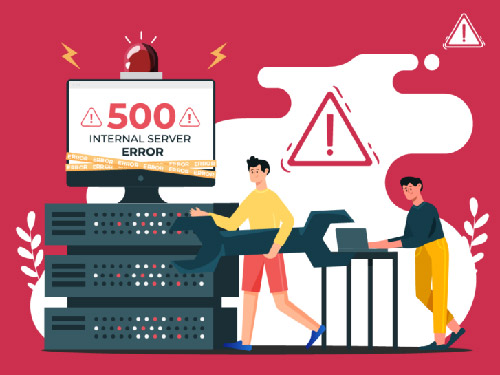Performance Monitoring: The Key to Unlocking Optimal System Performance
Where speed and reliability are paramount, ensuring optimal system performance is non-negotiable. This is where performance monitoring plays a crucial role. By regularly tracking system metrics, businesses can proactively identify and address performance bottlenecks before they escalate into major issues.
What is Performance Monitoring?
Performance monitoring involves the continuous observation and analysis of various system metrics to ensure optimal performance and stability. This includes tracking metrics such as:
- CPU usage: The percentage of the CPU being utilized at any given time.
- Memory usage: The amount of RAM being used by applications and processes.
- Disk I/O: The rate at which data is being read from and written to storage devices.
- Network latency: The time it takes for data to travel across the network.
- Database performance: Query execution times and database load.
By monitoring these and other relevant metrics, organizations gain valuable insights into the health and performance of their systems.
Why is Performance Monitoring Important?
Performance monitoring offers a multitude of benefits, including:
1. Enhanced User Experience
Slow loading times and system outages can lead to frustrated users and lost revenue. Performance monitoring allows businesses to identify and address performance bottlenecks that impact user experience.
2. Proactive Issue Resolution
By setting up alerts and thresholds, performance monitoring tools can notify administrators of potential issues before they impact end-users. This enables proactive issue resolution and minimizes system downtime.
3. Resource Optimization
Performance monitoring helps organizations understand resource utilization patterns and identify areas where resources can be optimized. This can lead to cost savings and improved efficiency.
4. Informed Capacity Planning
By analyzing historical performance data, organizations can make informed decisions about capacity planning and ensure that their systems can handle future growth.
How to Implement Performance Monitoring
Implementing an effective performance monitoring strategy involves:
1. Define Key Performance Indicators (KPIs)
Identify the metrics that are most critical to your business goals and objectives.
2. Select the Right Tools
Choose performance monitoring tools that align with your specific needs and technical environment. There are numerous open-source and commercial tools available, each with its own strengths and weaknesses.
3. Establish Baselines and Thresholds
Establish baseline performance levels and set thresholds to trigger alerts when metrics deviate from expected ranges.
4. Monitor Continuously and Analyze Data
Regularly review performance data, analyze trends, and identify areas for improvement. Use the insights gained to optimize system performance and enhance user experience.
















